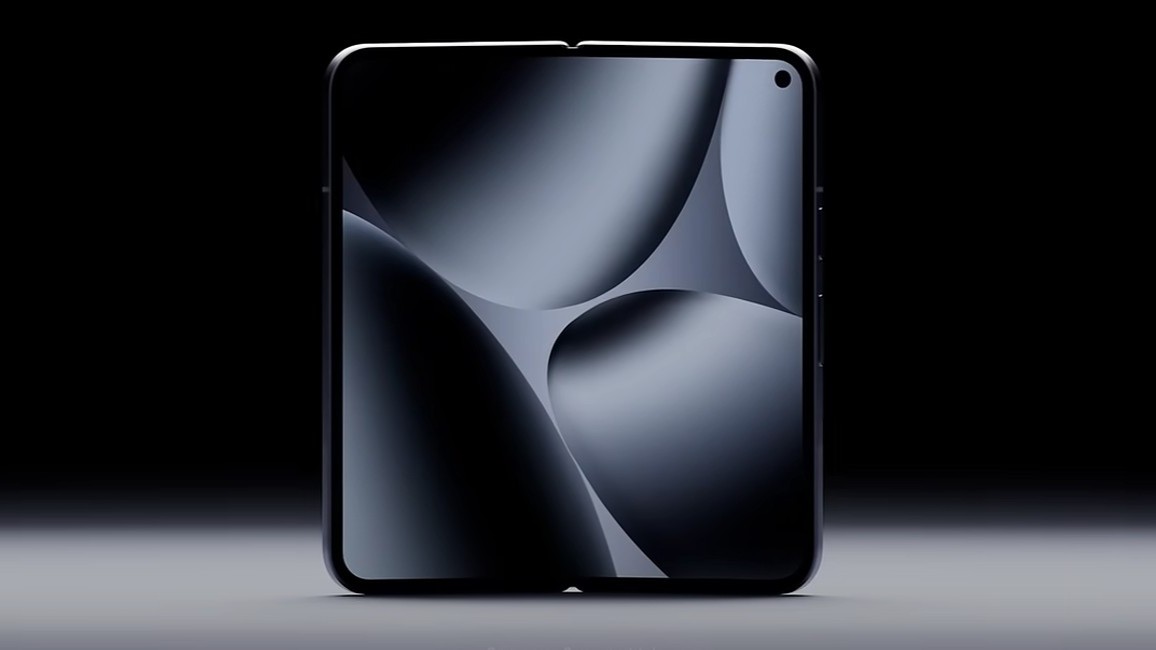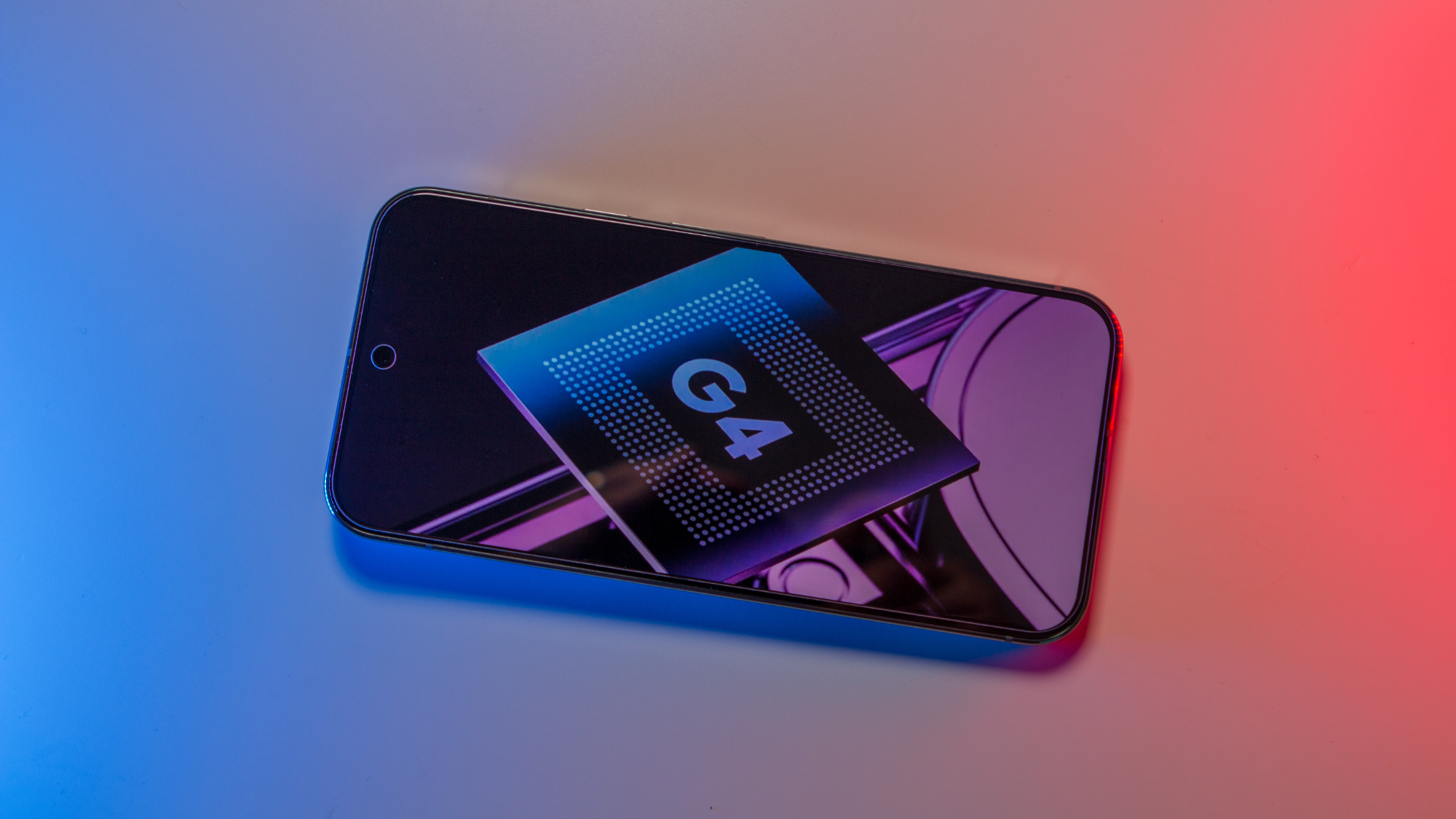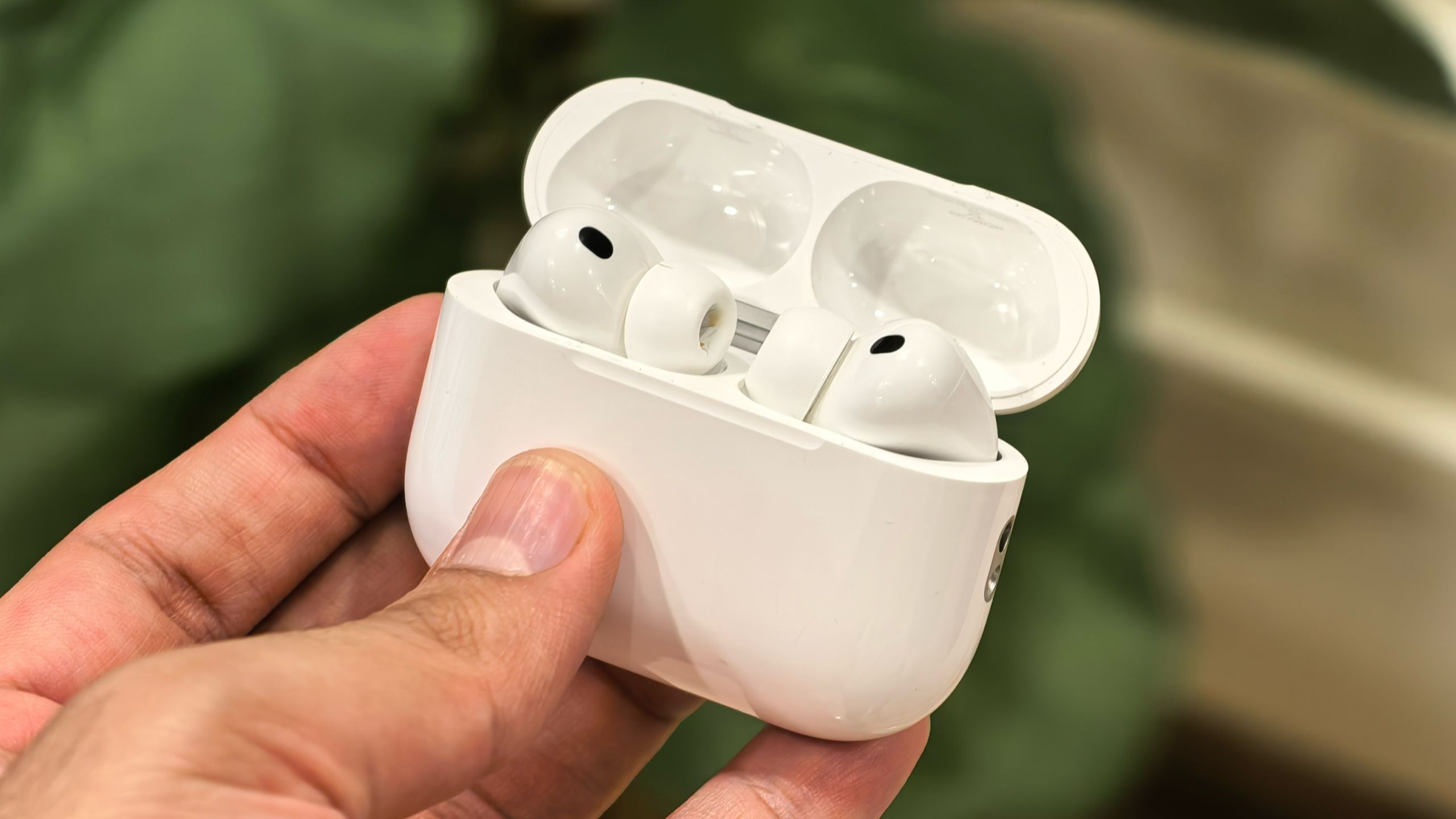Beyond the Alphabet

Beyond the Alphabet is a weekly column that focuses on the tech world both inside and out of the confines of Mountain View.
Over the past six months, I’ve bounced from the Galaxy Z Fold 6 to the Pixel 9 Pro Fold to the Z Fold 7, and am now using the Oppo Find N5. It’s been a blast being able to use all of these different foldable phones, but I’ve recently found myself missing the 9 Pro Fold and growing impatient for the Pixel 10 Pro Fold.
There are a lot of factors at play when it comes to picking what phone my SIM card goes into, but towards the tail end of my time with the Fold 7, I started missing the Pixel. Don’t get me wrong, the Fold 7 is everything that I was hoping the Fold 6 would have been, besides the S Pen being put to rest.
The best way I can describe is to say that the Z Fold 7 is the “work” phone, while the Pixel 9 Pro Fold is the “home” phone. However, the Fold 7 or Find N5 are the phones that I gravitate towards when it comes to tinkering with Switch emulation or trying to see what Windows games I can get running in Winlator.
If the leaks and rumors are true, I’m really hoping that will no longer be the case.
The Pixel 10 Pro Fold doesn’t need a flashy design

On the outside, the leaks point to Google playing it “safe” with the design this year, and that’s probably not a bad move, especially with the Pixel 10 Pro Fold. I’m sure Google will throw some new and flashy colors at us, with the vibrant ones being relegated to the regular Pixel 10 phones and showing signs of running out of ink on the Pro models.
But that’s not where the excitement comes in for me, although I do love it when Google makes a green or orange phone. Instead, my excitement lies with the expected introduction of the Tensor G5 with the Pixel 10 series.
Google’s taking the leap

Until now, Google’s Tensor chip has been manufactured by Samsung, and while it’s been a good run, it hasn’t been great. The problem has been that the Tensor processor lags at least a generation or two behind what Qualcomm and MediaTek release. And for the most part, it’s been fine, as the Tensor G4 was the best iteration yet, but between the Gemini improvements and general Android upgrades, Google needs to turn things up a notch.
Google reportedly did just that for the Tensor G5 by making the switch from Samsung to TSMC. According to some leaked benchmarks, the Tensor G5, which appears to be built on a 3nm process (the Tensor G4 was a 4nm chip), could be more than 30% faster than its predecessor. Those are the kinds of improvements we were hoping to see last year, but it just wasn’t meant to be.
Admittedly, this doesn’t mean that the Pixel 10 Pro Fold will be able to go toe-to-toe with the Snapdragon 8 Elite for Galaxy, or even the regular 8 Elite for that matter. But it doesn’t need to, at least not yet, because it’s also rumored that the G5 is Google’s first “fully in-house made processor.”
That’s an important point because it’s also what Apple and Samsung do with their respective processors, and it just so happens that Google is now relying on the same company that Apple does to produce its processors.
What’s it all mean?

So why does it matter, and what does it mean? Well, nothing really, at least if you’re upgrading from the Pixel 9. But as we saw with the addition of the Linux terminal with the March 2025 Feature Drop, Google has something planned for the future, and it’s probably going to be big. So, having complete control over the design and manufacturing should give Google all of the tools it needs to truly blend the hardware and the software.
And that’s without even talking about what Google might have in store for the future of Gemini. I wouldn’t be surprised if we were also introduced to a new Gemini model, with “nano-banana” and references to “GEM_PIX” making the rounds on X (formerly Twitter). So when you consider what Google was able to do with the Tensor G4 for Gemini, having more control from top to bottom, along with better general performance, should mean that the sky is the limit.
Nano banana from LM Arena 🍌Feels like an on-device (nano) image generation model to power upcoming Google Pixel 10 devices. GPT-image-1 and nano-banana have quite different views of themselves! https://t.co/K0skbJMJ7N pic.twitter.com/yGwoQavjuAAugust 14, 2025
One thing, though…
With all of that being said, there is one thing that I’m worried about with the Tensor G5, and that’s gaming performance, specifically with regard to emulation. My concern is that even with the aforementioned improvements, emulating higher-end systems with the Pixel 10 Pro Fold’s massive screen will result in disappointment.
What I’m hoping for is that even if the Tensor G5 trails behind the Snapdragon 8 Elite on paper, it will close the gap in a massive way. Then Google takes what it’s learned from this go ’round, and puts Qualcomm, MediaTek, and Apple on notice with the Tensor G6. But until then, I’ll just keep watching the clock tick until next week’s announcement.
For more news and information on Google’s upcoming Pixel 10 refresh, check out our Ultimate Guide.

